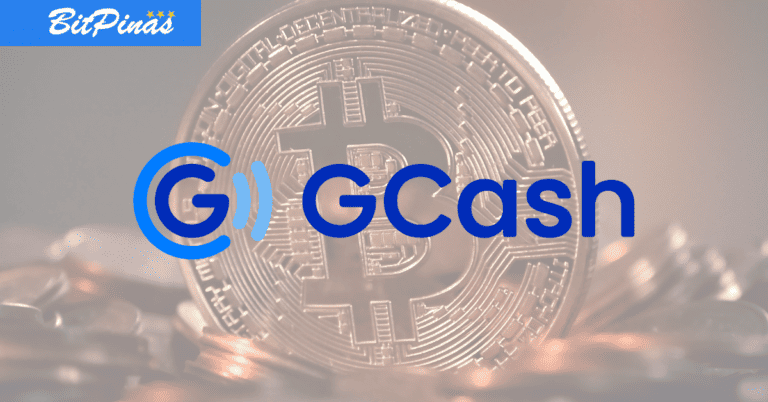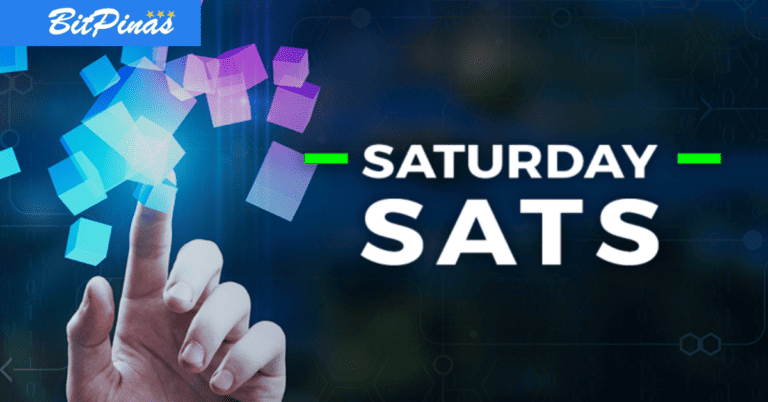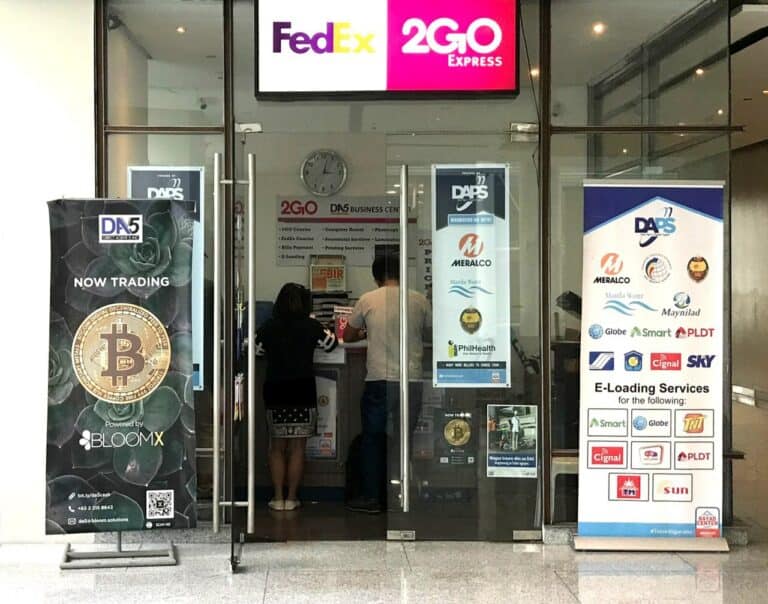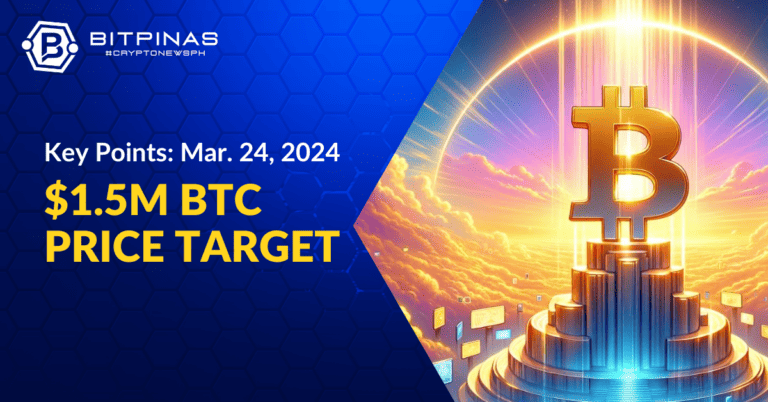What is Ordinals Bitcoin NFT | NFTs on Bitcoin Sparks Debate
Debate has sparked over Ordinals, the NFTs on the Bitcoin network on whether it’s necessary or something that just clogs the network.
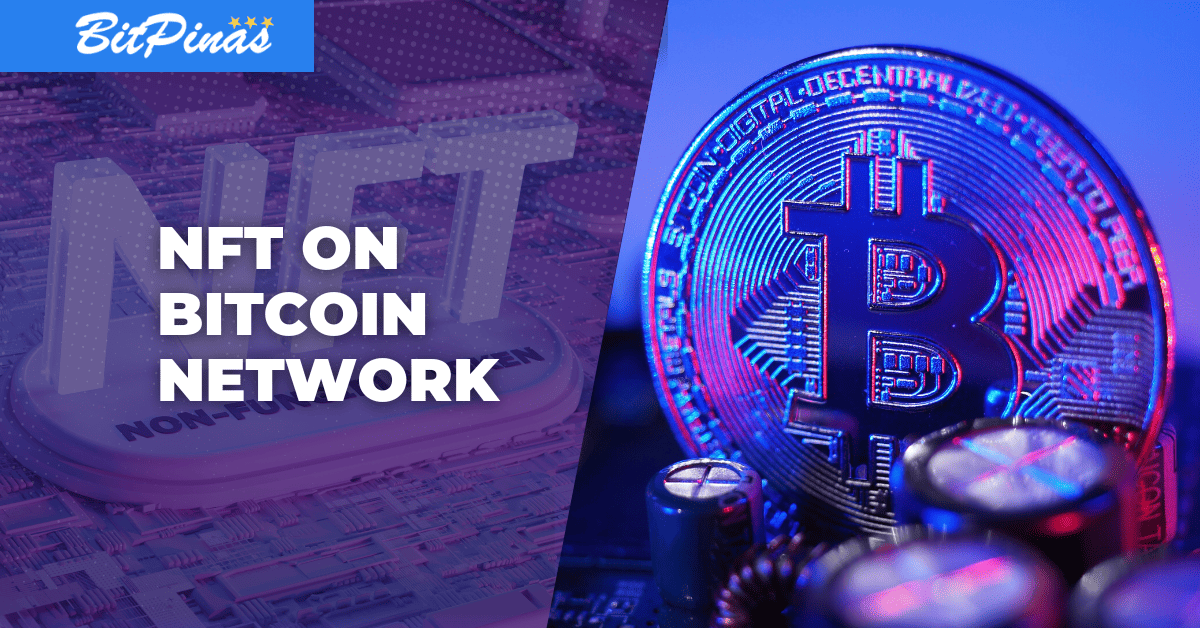
Subscribe to our newsletter!
According to Rodarmor, the protocol utilizes “inscriptions,” or arbitrary content (such as text or images) to create sequentially numbered satoshis or “sats”, the smallest units in Bitcoin, to generate distinctive digital artifacts that can be held and transferred across the Bitcoin network.
What are Ordinals?
On January 21 after its creator, software engineer Casey Rodarmor, released a blog post regarding Ordinals, it officially launched on the Bitcoin mainnet. Basically, it allows the Bitcoin version of NFTs , dubbed as “digital artifacts”, on the Bitcoin network.
According to Rodarmor, the protocol utilizes “inscriptions,” or arbitrary content (such as text or images) to create sequentially numbered satoshis or “sats”, the smallest units in Bitcoin, to generate distinctive digital artifacts that can be held and transferred across the Bitcoin network.
He explained that using inscriptions will allow putting content in a Bitcoin transaction and assigning it to a satoshi; once an inscription is done, it is then stored in a Bitcoin transaction’s signature. Rodamor noted that the process stays entirely on the Bitcoin network and does not require a sidechain or additional token.
“My design goal, from the beginning, was to create something that would strike people as being Bitcoin native… That means it can’t have a token, and it can’t be a sidechain,” he added.
Against Ordinals

Several Bitcoin enthusiasts were not happy with the release of the new protocol, with some of them even pointing out that using Bitcoin for non-financial purposes is against the will of its inventor, Satoshi Nakamoto, himself.
“I’m also against the idea of stuffing up the chain with txs that are not payment or value transfer-related. I agree with Satoshi with that decision. That’s the same reason Vitalik stopped developing on top of Bitcoin and went on to create Ethereum instead,” said Joemar Taganna, Paytaca CEO, on the BitPinas telegram group.
Taganna also added that it will “potentially crowd out real financial transactions, so it’s going to result in even worse UX (user experience) for the supposedly more ‘legitimate’ use case.”
In a report from Coindesk, they revealed that longtime Bitcoin Core developer, Luke Dashjr, sees Ordinals as an “attack” on Bitcoin.
“Adam Back and Luke Dashjr are both Bitcoin core developers who have encouraged censorship over the last 48 hours of these “undesirable“ transactions. So no, it isn’t just Bitcoin maximalists – it’s actual Bitcoin core developers,” Anthony Sassano, founder of the Daily Gwei, tweeted.
Pro Ordinals

On the other hand, other crypto natives believe otherwise. To them, the innovation will be a step forward for the network.

Dan Held, a Bitcoin educator and marketing advisor at Trust Machines, noted that NFTs in BTC will be “good for Bitcoin.”
Rodamor also commented on the hate the Ordinals had received since its launch. According to him, he takes the criticism in stride highlighting that the controversy helps his cause.
“I actually love the haters… I mean, they do more to drive people to find out about the project than anybody else. I don’t know what they think when they have these massive audiences, and they go, ‘This is an attack on Bitcoin’—it seems like you don’t want to do that if you don’t want people to use the thing,” he stated.
Harry Santos, the co-founder and Chief Marketing Officer of celebrity and content creator NFT startup Stanible, expressed optimism towards the innovation.

“Still looking at it, I was told that this is taking advantage of a ‘flaw’ in taproot (added in BTC circa 2021) so it wasn’t intended. At first glance, it looks very interesting and I don’t understand why there are some who are against it… I think it would be cool to add JPEGs on BTC chain,” he stated.
On the other hand, Bitcoin OG and Co-Founder of SCI Ventures, Miguel Cuneta noted that ultimately, the market will decide on what will happen to Ordinals.
“Miners are part of the market and work for their own selfish reasons. They can choose the txns they want to include in a block as long as they are valid. If it makes sense for them, economically they will do it,” he told the BitPinas group chat.

Ethan Rose, CEO of Pouch.ph echoed a similar sentiment:
“The fundamental conflict is there are two core principles: “Keep the blockchain small” the second is “Do what you want, it is permission-less.” This kind of experimentation was inevitable. We do not think it is a danger, the bitcoin network will survive and thrive.“
When blocks are not already full, this is a subsidy for miners to include the images. When the mempool is full, it raises the cost of transactions to get into the next block. Ultimately, the market will decide the value of this bitcoin-native phenomenon,“ Rose concluded.
This article is published on BitPinas: What is Ordinals Bitcoin NFT | NFTs on Bitcoin Sparks Debate
Disclaimer: BitPinas articles and its external content are not financial advice. The team serves to deliver independent, unbiased news to provide information for Philippine-crypto and beyond.
